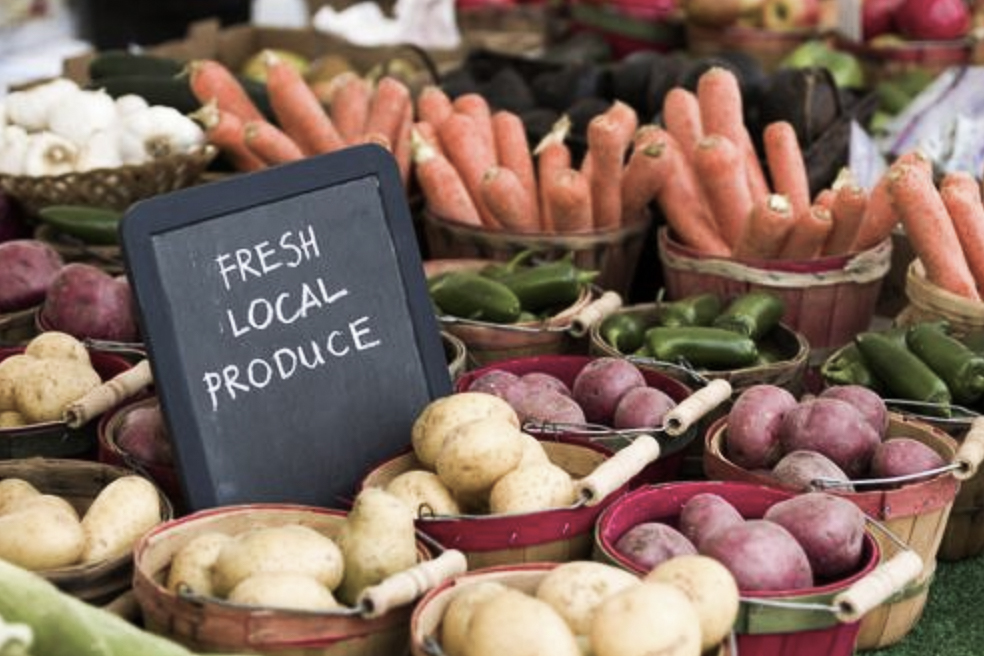Stage 12. Tongeren (BE) to Liège (BE)

Tongeren is the first and oldest town in Belgium. The most famous inhabitant of Tongeren is undoubtedly Ambiorix. This Eburone king inflicted such a devastating defeat upon the occupying Romans that Julius Caesar called the Belgians the bravest of all. Under Roman rule, “Atuatuca Tungrorum” grew into one of the largest trading cities in Northern Gaul. The Roman passion for building underscores the importance of this strategic location.
You can still see the remains of the aquaduct, Roman temple and impressive defence wall around the city to this day. The wall is 6 metres high, 2 metres thick and 4.544 meters long. Unfortunately it has crumbled over the centuries…. just like Roman influence. But the fall of Rome was not enough to stop Tongeren’s growth.
Liège (in German: Lüttich) is the capital of the province of Liège in Belgium. The city is located at the river Meuse. Liège has about 200.000 inhabitants. The entire urban area of Liège with its suburbs has about 600,000 inhabitants.Romans inhabited Liège in the center of of the city at Place Saint-Lambert, excavations have found extensive Roman remains.
In 10th century the schools were flourishing in Liège, the city was known as the “Athens of the North”. In the 12th century, Maasland art flourished and some items belong to the masterpieces of the Renaissance. The history of Liège is marked by numerous conflicts between the church and neighboring countries, but also between the citizens of the city and the noble families. Several times the bishops had to take refuge in neighboring city Maastricht.
From the 16th century, Liège developed into an important center of arms industry and trade. A large part of the weapons used in the “Eighty Years War” came from Liège.
The industrial revolution on the European continent began in Belgium, before that, the country had traditionally enjoyed a vibrant trading tradition for many years. Textile production flourished in Flanders, iron processing in Walloon and there were large coal reserves in the south and east of the country. These key branches proved ideal pre-requisites for industrialisation.Belgians also maintained intensive contacts with Great Britain and in 1720, the first steam engine on the continent went into action near Liège. The model, made by Thomas Newcomen, was used to draw out waste water from a coal mine. Sometime later this was succeeded by another steam engine in the coal region around Mons and Charleroi. Thus everything was in place for boosting the coal and steel industries in both areas.
After the foundation of the Belgian state in 1830 successful investments in British technology began once more. Belgium was also a pioneer in the building of the railways. Between 1840 and 1880 the rail network expanded tenfold – even more than in Great Britain. Thanks to its highly developed transport communications the country profited from trade with less-developed neighbours, not the least with Germany where there was a high demand for Belgian goods. Belgian investors and entrepreneurs made a considerable contribution to building up industrial activity along the rivers Ruhr und Emscher.
In 1863 Ernest Solvay set up a pioneering business with his first factory in Charleroi. He had invented a revolutionary process for producing soda chemically. Soda was a basic material used in making glass, soap and chemicals. The Solvay works grew to become a huge concern, which nowadays produces chemical products, synthetic materials and pharmaceutical goods all over the world.
During the heyday of the industrial revolution, Wallonia became the second most industrialised area in the world after Britain.
In the 19th and early 20th century Liège and the surrounding area were an important center of mining and steel industry, which brought the city to great prosperity which can still be seen in the many stately mansions from that period.In the first half of the 20th century, 3 world exhibitions were organized in the city: those of 1905 and 1930 and the Exposition internationale de la technique de l’eau in 1939.
Construction of the fortresses around Liège started in 1887. The Battle of Liège; the first battle of the First World War was from 5 to 15 August 1914 around the fortresses of Liège. The city was on the German attack route to France. Few expected that Belgium would resist the considerable German military superiority. The resistance of the Liège fortresses slowed down the German advance and therefore probably influenced the course of the war. During this battle Liège was also the first city in the world to be bombed from the air by a German zeppelin.
Heavy fighting also took place in and near Liège during the Second World War. The economic slump of the post-World War II era was the result of the diminished importance of the mining and steel industries, aging factories were unable to compete with new industrial areas and the gap between inflexible unions and employers.
The city today attracts an increasing number of tourists. Symbols of the “reborn” city are the futuristic Liège-Guillemins railroad station, the greatly expanded Grand Curtius museum and the renovated Liège Opera.
Overview map:
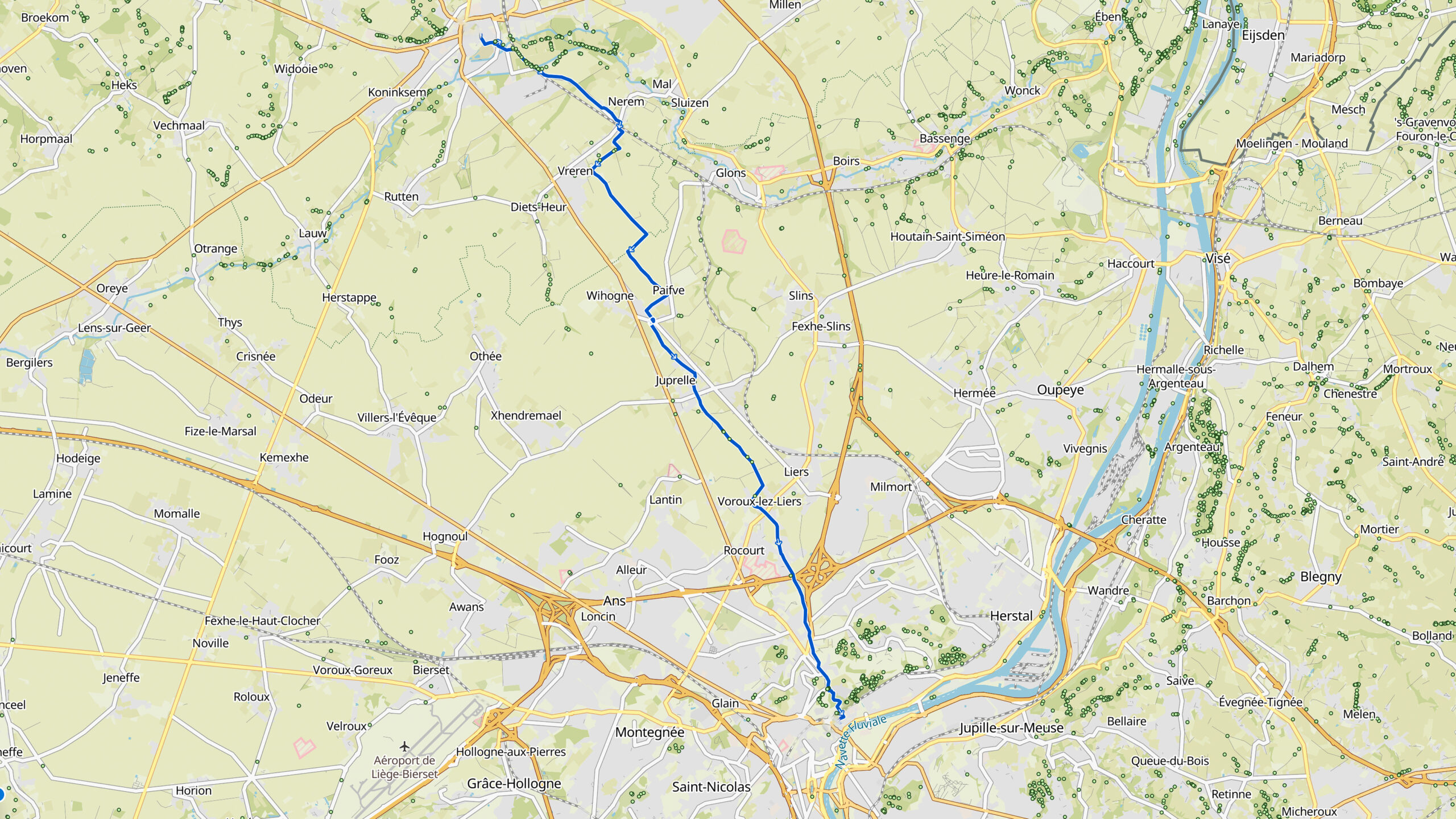
Stats:
| Start: | Grote Markt, 3700 Tongeren, Belgium |
| Coordinates (DD): | 50.78090 / 5.46318 |
| End: | Place Saint Lambert 16, 4000 Liège, Belgium |
| Coordinates (DD): | 50.64579 / 5.57322 |
| Uphill: | 21,3 kilometers |
| Downhill: | 150 meters |
| Descent: | 190 meters |
| Path, dirt road, gravel, nature trail: | 83% |
| Asphalt, road: | 17% |
| More additional info like GPX track: | Go to Komoot* page here… (external) |
| Print: | Go for download here… (pdf) |
- *Komoot is a navigation and route-planning app that enables you to create and follow routes that are based on walking/riding type and ability. Be aware you have to sign up for free to have access to the app.
See and share with QR code:

You will see stage 12. when you scan the QR code (In the app Komoot).
Highlights:

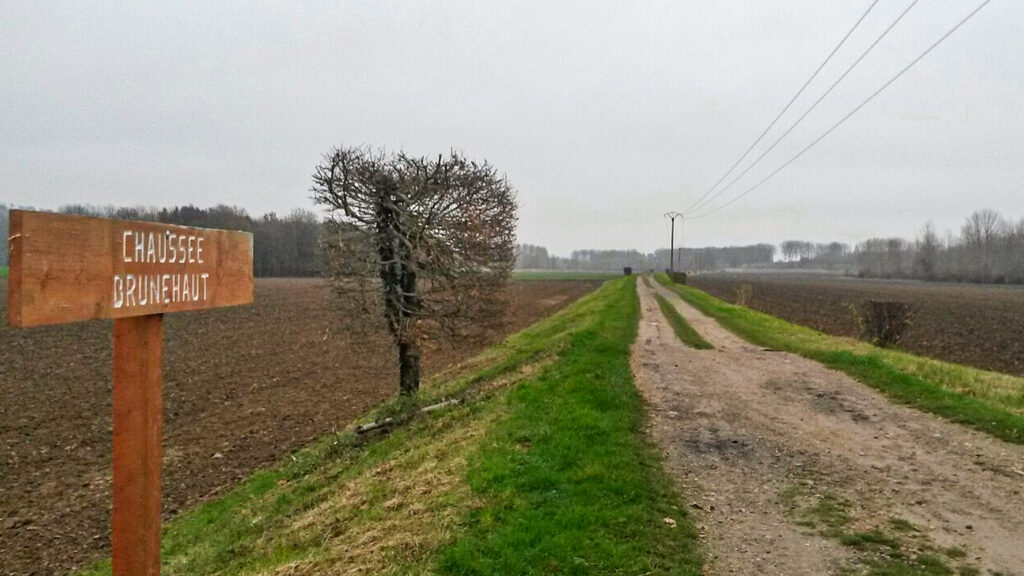
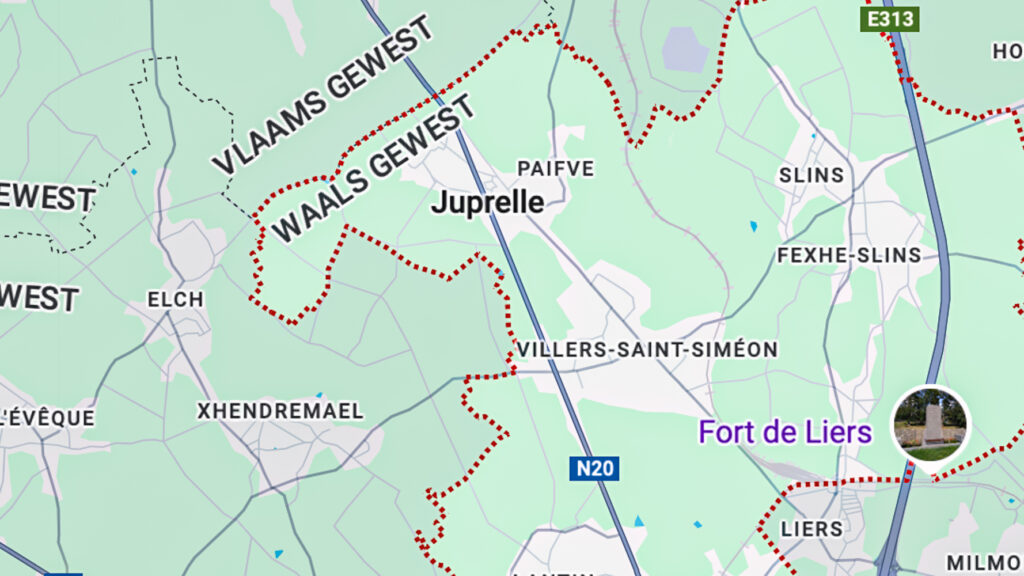


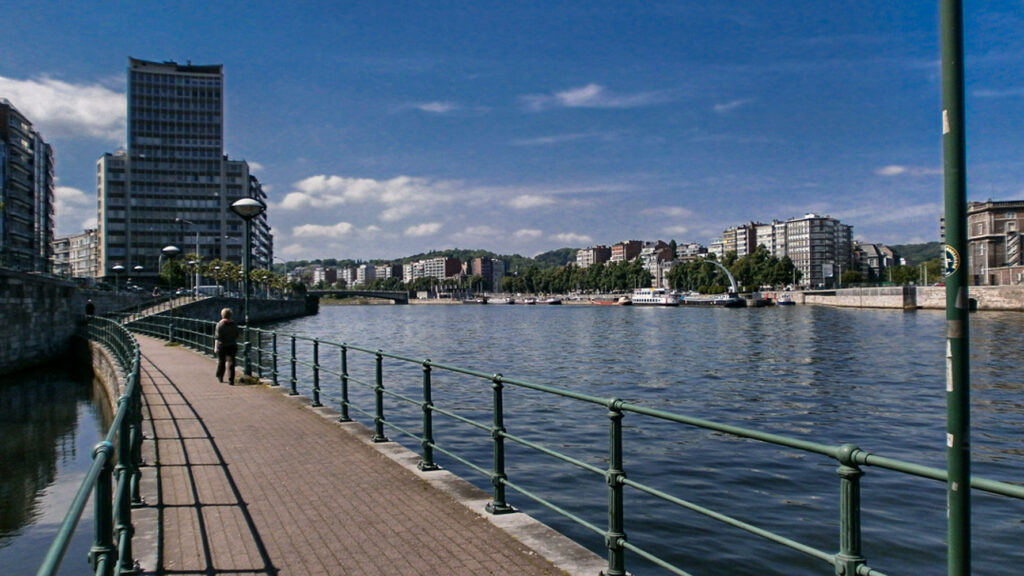
Extra
During this stage you arrive in Liège at Montagne de Bueren a street with 374 steps. The staircase was built between 1875 and 1880 to commemorate the 600 Franchimontese who lost their lives in the Battle of Liège in 1468, The name refers to Vincent van Buren, one of the leaders of the battle. The stairs are therefore called the 600 escaliers. Legend has it that the Franchimontese would have climbed the mountain there, but this is historically incorrect. Every year on the first Saturday in October, the stairs are lit with 3000 candles on the occasion of the local neighborhood festivities.
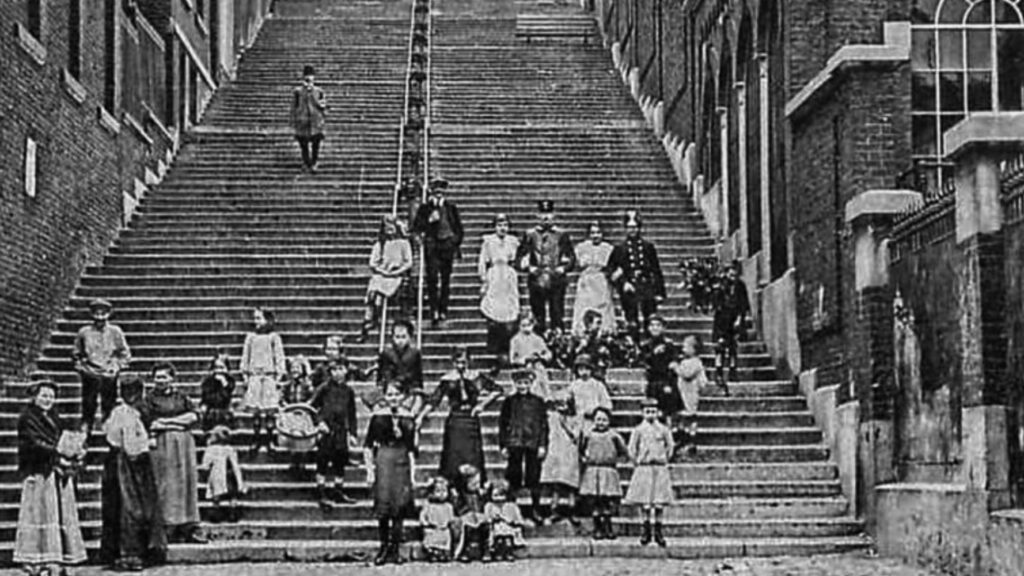
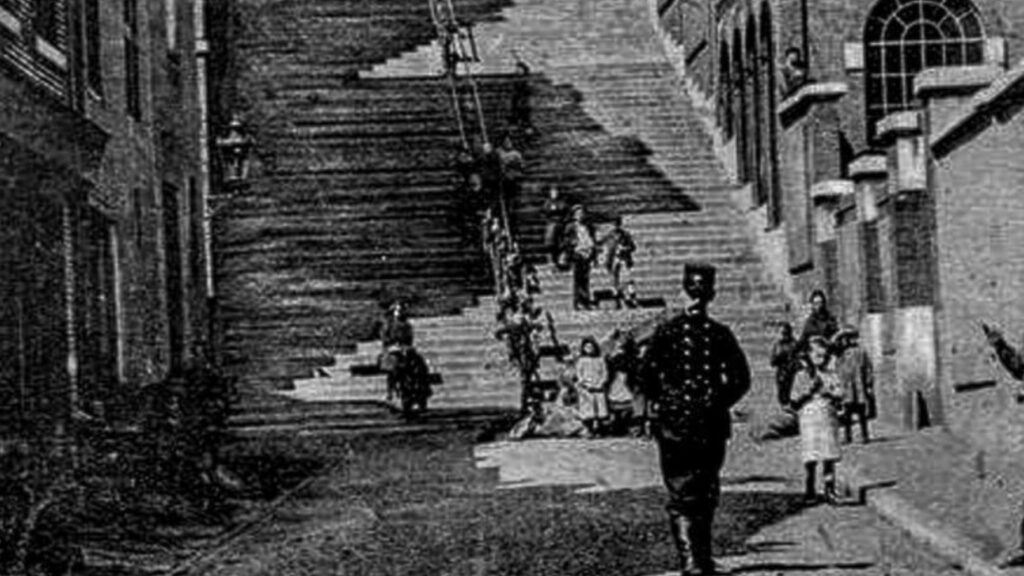
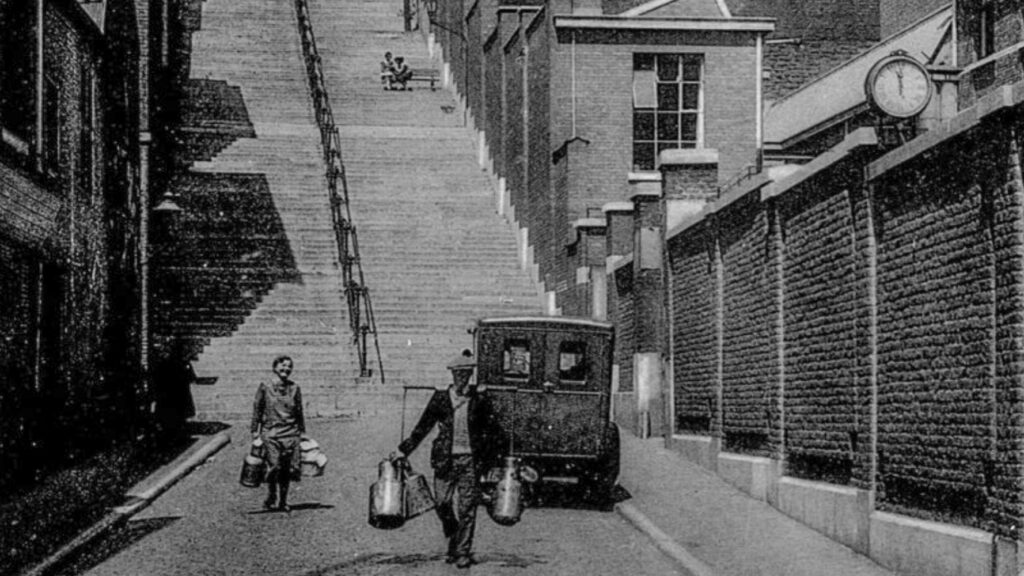
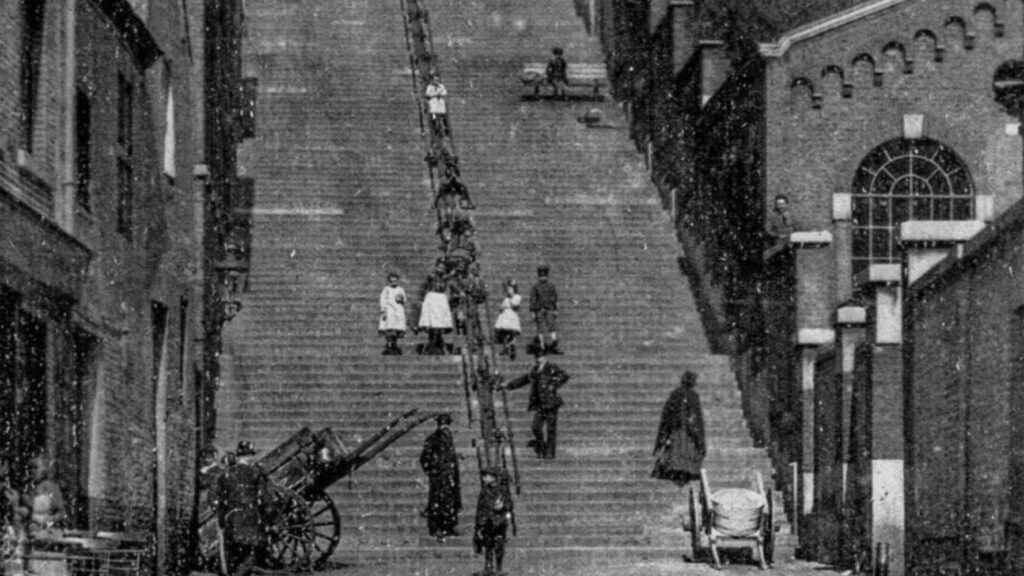
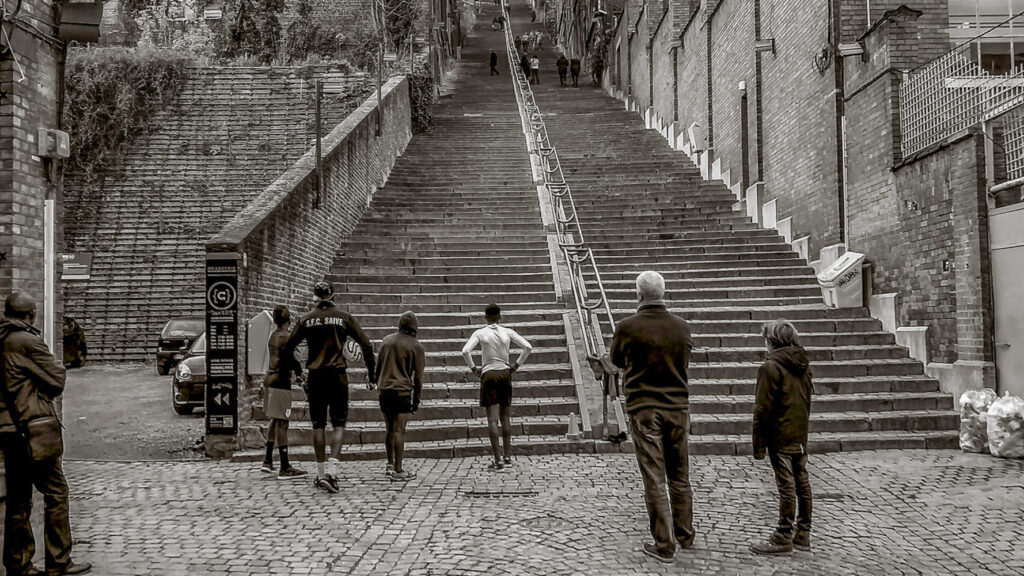
Specific local info:



Roman history
Magnus Carolus
Water sources
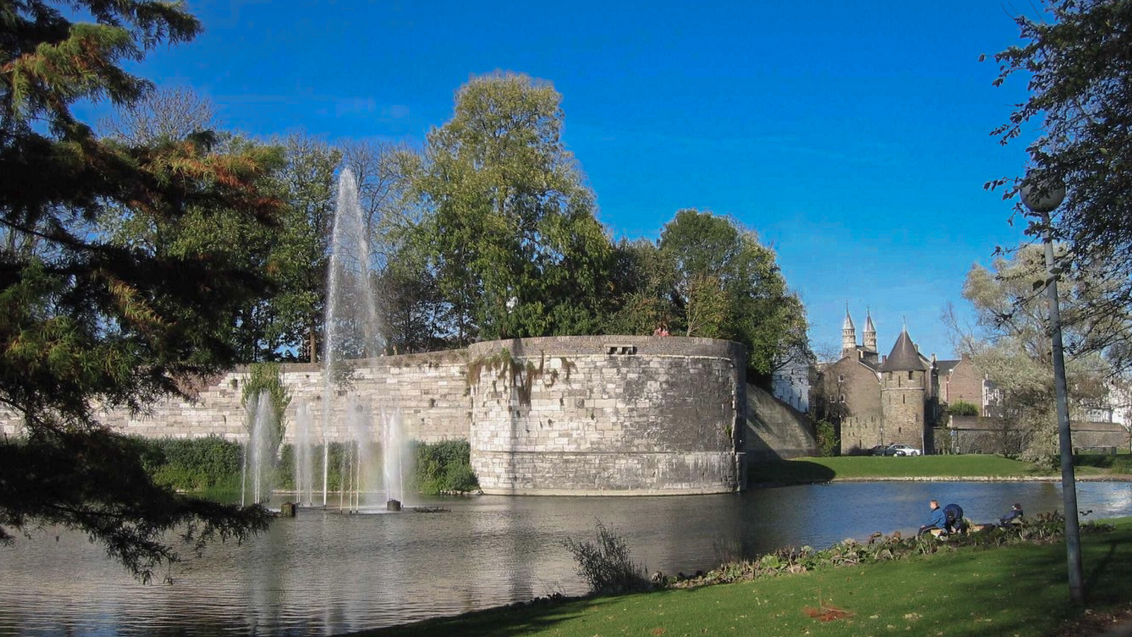
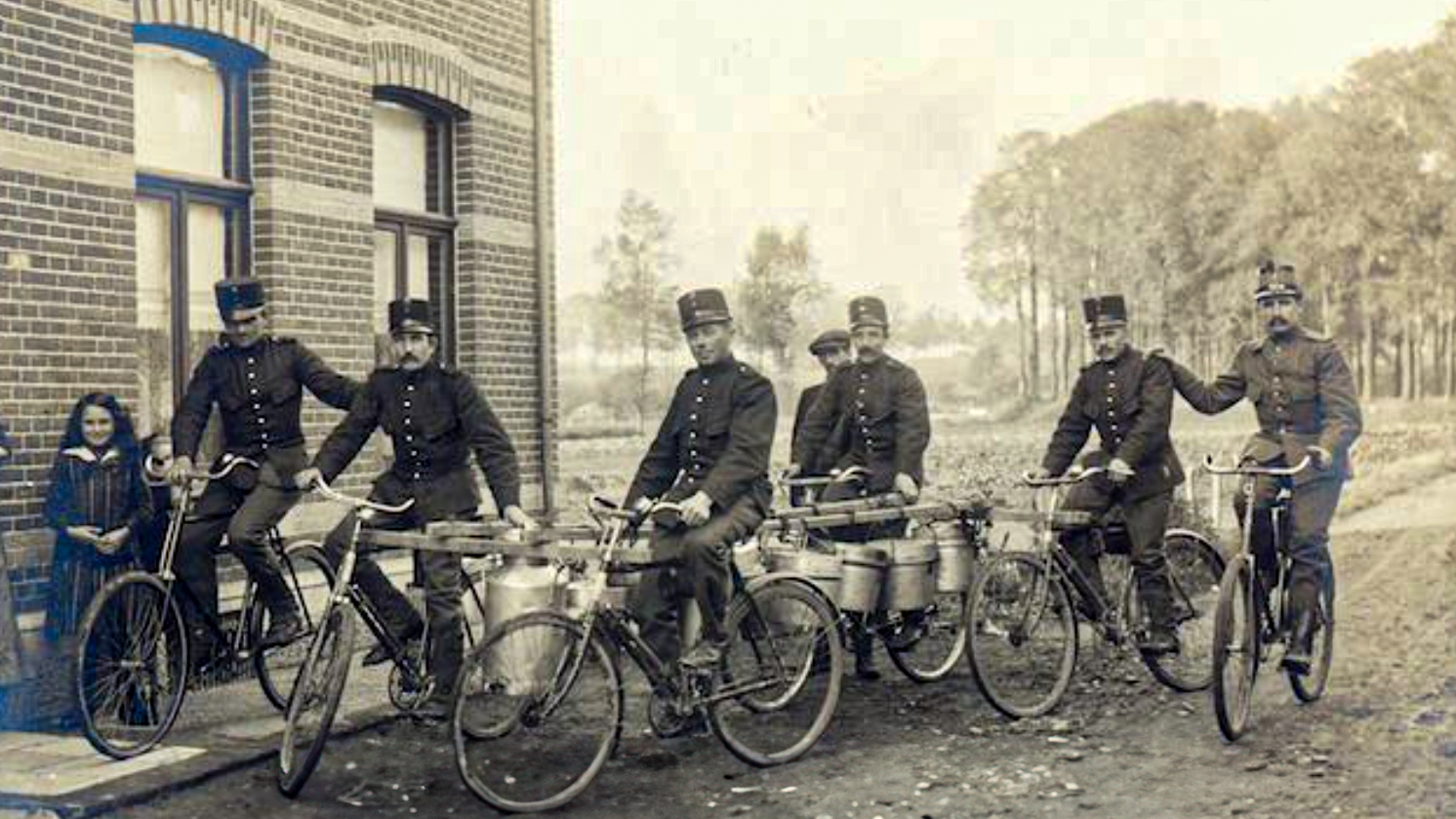
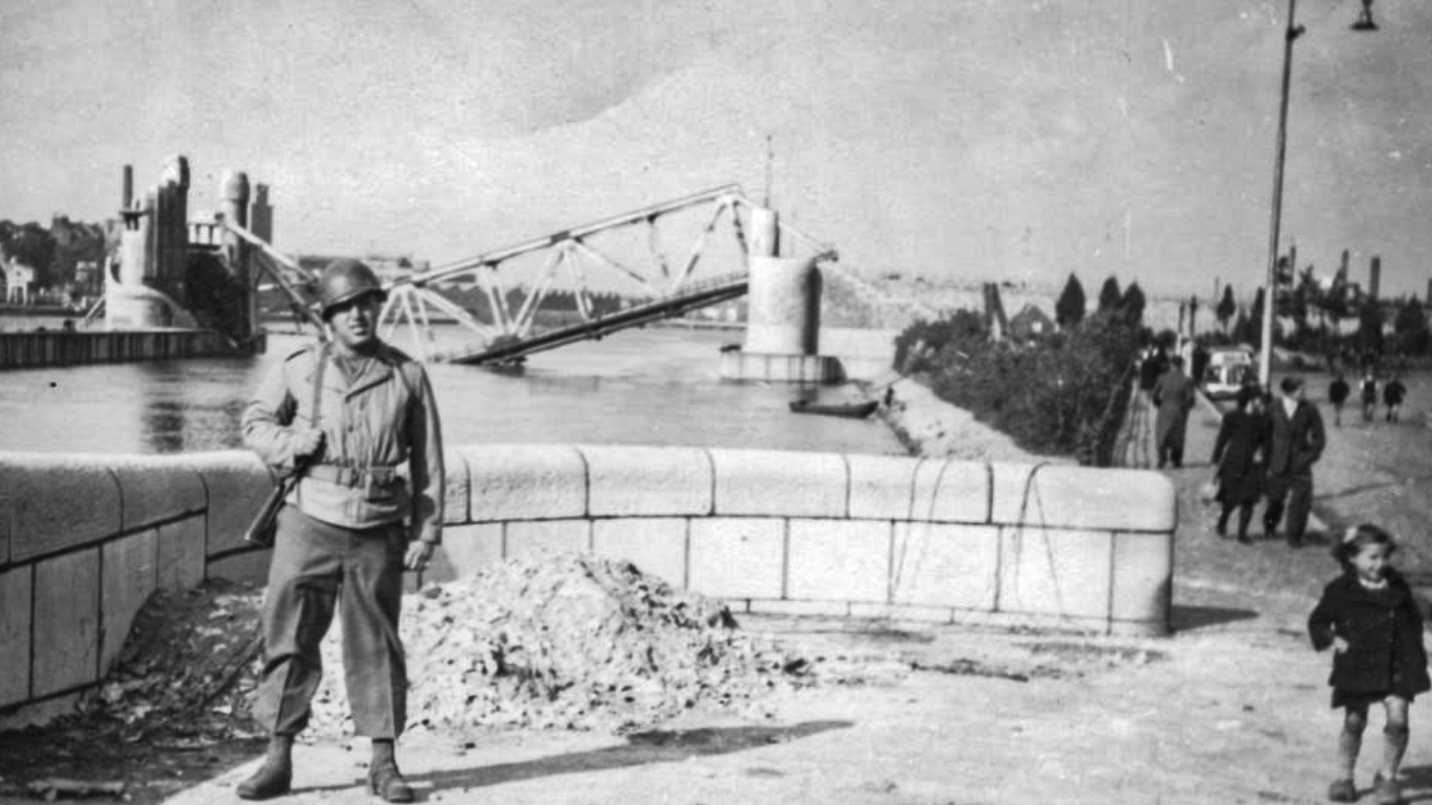
Nature
WW1
WW2
